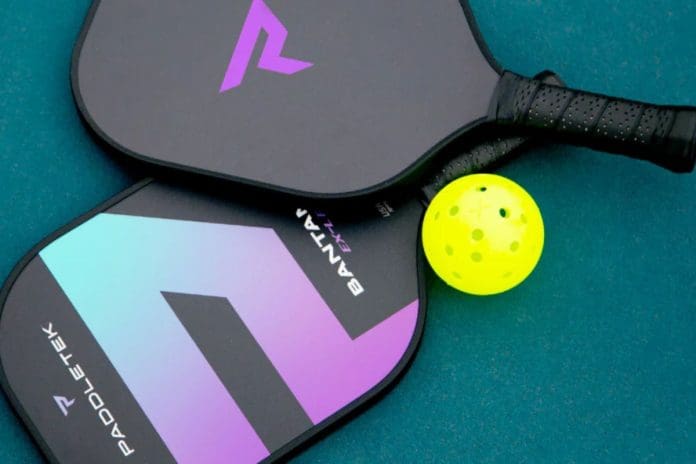Pickleball’s Tactical Strategy, In the realm of competitive pickleball, precision is not merely a preference but a strategic imperative. Recently, James Ignatowich shared insights from his experience on the right side of the court alongside Ben Johns at the PPA Sacramento event, shedding light on a nuanced aspect of gameplay that can tip the scales of victory.
James Ignatowich, typically positioned on the left in doubles play, goes into targeting the opponent’s left foot—a tactical maneuver he emphasized as crucial for maintaining control and dictating play. This specific spot, when exploited effectively, restricts the options available to a right-side player, compelling them into defensive postures or risky gambits that often play into the hands of their opponents.
The rationale behind this strategy becomes clear under Ignatowich’s keen analysis: by forcing the ball to bounce in front of the right-side player’s inside foot, typically their backhand, the tactical advantage shifts decisively. Options for aggressive returns dwindle, leaving few applicable choices beyond a calculated dink back to the left-side player’s inside foot—a play that, when executed with precision, disrupts rhythm and fosters strategic dominance.

However, the complexity of the game lies not only in recognizing these opportunities but also in capitalizing on them consistently. James Ignatowich’s own reflection on pivotal moments underscores the strategic chess match that unfolds on the pickleball court. Even a player of his caliber admits the challenges of executing flawlessly under pressure, reinforcing the meticulous nature of high-level competition.
Beyond its utility in dinking and strategic drop shots, this targeted area proves invaluable for reset shots, crucial in transitioning from baseline play to the net. By opting for safer, calculated placements toward the opponent’s left foot, players mitigate risk while maintaining offensive momentum—a game plan that exemplifies the essence of tactical acumen in pickleball.
Nevertheless, as Ignatowich cautions, this tactical blueprint isn’t foolproof. Against left-handed opponents, who position themselves inversely on the court, adjustments become necessary. In such scenarios, strategies should central towards minimizing the forehand threat, thereby recalibrating placement strategies towards the sidelines to neutralize potential attacks.
Mastering the art of targeting the opponent’s left foot emerges not just as a tactical advantage but as a statement to the strategic depth inherent in competitive pickleball. It’s a lesson in precision, risk management, and the subtle art of gaining the upper hand through calculated shot placement—a lesson that resonates far beyond the confines of the court. As players continue to refine their approaches, the quest for mastery in this dynamic sport promises ongoing evolution and strategic innovation.
News In Brief: Pickleball’s Tactical Strategy
James Ignatowich recently highlighted a critical aspect of competitive pickleball strategy: targeting the opponent’s left foot. His insights, shared during the PPA Sacramento event alongside Ben Johns, underscored the strategic importance of this tactic in gaining control and dictating play. By directing shots to the opponent’s vulnerable spot, typically their backhand, players can limit their options and capitalize on offensive opportunities. This approach not only enhances tactical prowess but also shows the precision required to excel at the highest levels of pickleball competition.
Also read: New Pairs Compete in Sacramento Open’s Mixed Doubles
